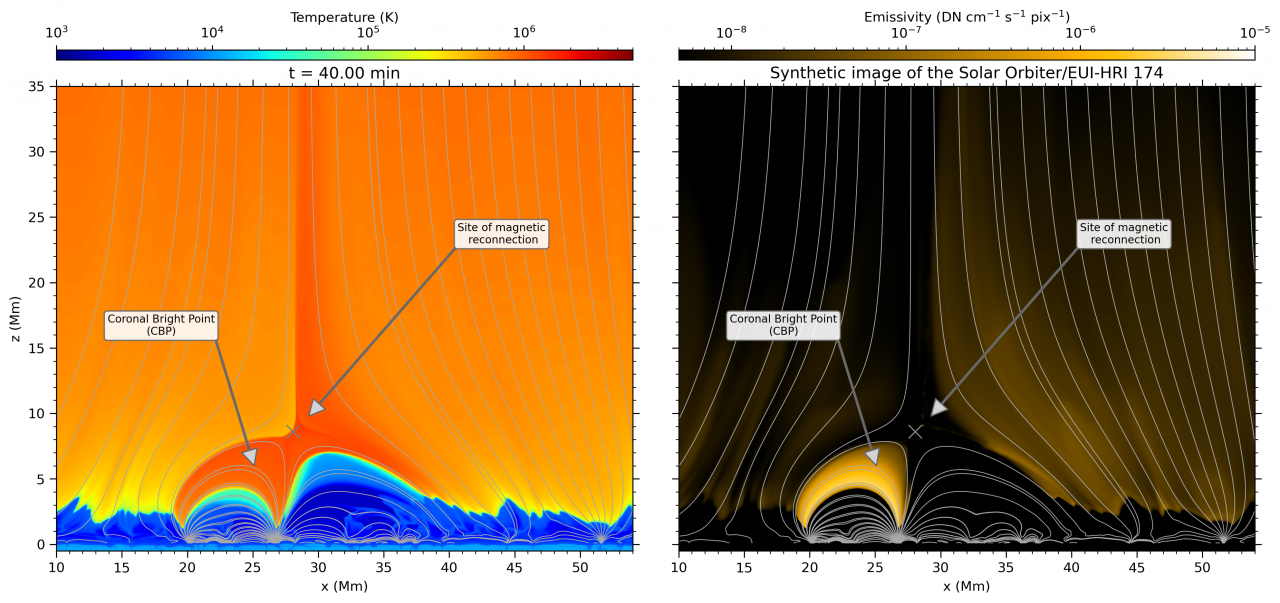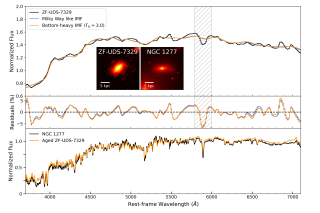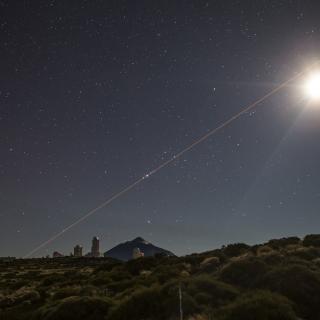When the Sun is observed in X-ray or extreme ultraviolet wavelengths, hundreds of bright and compact structures with a rounded shape and sizes similar to that of our planet Earth can be easily distinguished in the solar corona. These structures are known as Coronal Bright Points or CBPs and they consist of sets of magnetic loops that connect areas of opposite magnetic polarity on the solar surface. These loops confine the solar plasma and in them, by mechanisms that have been debated for many years among solar physicists, the gas remains with temperatures of several million degrees, emitting copious amounts of energy for hours and days and thus constituting one of the key structures of the solar atmosphere. Since the 1990s, it has been theorized that a large part of CBPs originate from the convergence of opposite magnetic field polarities on the solar surface. During that approach, a process known as magnetic reconnection would give rise to magnetic loops rooted in the photosphere, while releasing enough energy to heat them up. Until now, all the models that have tried to explain the CBPs following this hypothesis have been very idealized, moreover imposing the convergence of opposite polarities in an artificial way that does not reflect how it occurs in the Sun. Recently, using a state-of-the-art numerical code and two of the most powerful supercomputers in Europe, CBPs have been modeled with enough realism to unravel the mechanisms that generate them, being also able to explain different characteristics observed from space satellites. In addition, it has been possible to make predictions about the coldest regions under a CBP and about their small-scale structure. Both questions have not yet been addressed from the observational point of view and will require very high spatial resolution data to be confirmed, data that are expected to be obtained with the next generation of solar instrumentation.
Results of the recent 2D model of CBPs. Left: temperature. Right: Image showing how the simulation would look like if observed with the Solar Orbiter mission in the extreme ultraviolet from space. The CBP is distinguished by the hot magnetic loops that ap
Advertised on
Authors
Daniel Elías
Nóbrega Siverio
Fernando
Moreno Insertis
References



